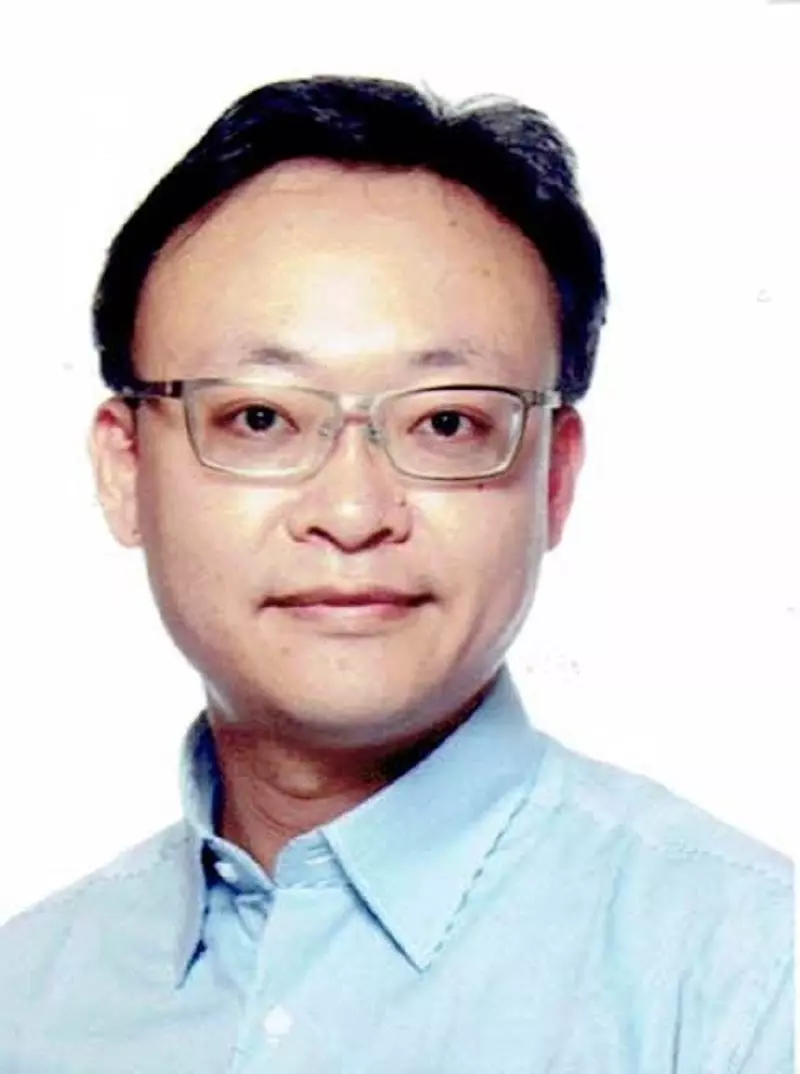Dry needling (DN) is different from acupuncture. DN mainly aims for trigger point management, while acupuncture covers all medical symptoms, according to TCM theory.
Dry Needling and acupuncture differences:
According to American Physical Association (2013) wrote " Dry Needling is a skilled intervention that uses a thin filiform needle to penetrate the skin and stimulate the underlying myofascial trigger points (TrP), muscular, and connective tissues for the management of neuromuscular and movement impairment. As a matter of fact, it is different from Chinese medicine acupuncture. The dry needling emphasises on treating trigger point of soft tissues, whereas acupuncture is the Traditional Chinese Medicine approach of needling treatment, utilising meridian points. The acupuncture involves the TCM theory and uses meridian system for choosing acupuncture points. For dry needling, the location of treatment points, heavily relies on Trigger points or dermatone distribution.
Effects during treatment:
The treatment points rely on taut band or trigger points, and whenever it is being stimulated, it might reproduce patients' symptoms, visable local twitch response, but it would help relief of muscle tension and pain.
Dry needling is painless and being practized under hygenic control. Study proved that dry needling helps for pain control based on theory concerning taut band, local ischemia hypoxia, local and central sensitization. It generally used for sport injury, arthritis and chronic pain condition. However, there are some contra-indication for dry needling, such as patients with needle phobias, bleeding disorders, active infection, blood-borne diseases, allergies to metal, unstable epilepsy, and the third trimester of pregnancy
Dry Needling FAQ
Q1:What are side effects of dry needling?
A1:It might cause post-treatment soreness, or bruise over treatment point. Usually, the soreness and bruise would alleviate after 3 to 4 days later. Patient can contact the therapist if the problems keep there, or getting worse.
Q2:Dry needling & acupuncture differences?
A2:There are similarities and differences between these two techniques. For similarities, DN and acupuncture use same thin needles, and they can effectively treat pain conditions. However, for differences, DN relies on myofascia trigger point for pain treatment, while acupuncture uses Ashi points. DN aims mainly for pain control through Trp stimulation, while acupuncture treat wide range of diseases, and pain is a part of its treatment goals. DN is based on anatomy and physiology sound understanding, while acupuncture, its' treatment points selection is based on Traditional Chinese Medicine examination and Ashi knowledge.
Reference:
Cagnie B, Dewitte V, Barbe T, et al(2013). Physiological effects of dry needling. Current Pain and Headache Reports, 17(8):348.(Read More)

Lo Man Kin, William
Mr. Lo received full time training in Physiotherapy and Traditional Chinese Medicine. After working in orthopaedic clinic, he gained lot of experience in treating different kinds of pain condition. He has great interest in integrated medicine and like to explore the ancient medical knowledge. He is now also serving as the committee member of one of the course in Hong Kong St John Association, write for the column and promote acupuncture in radio program.



